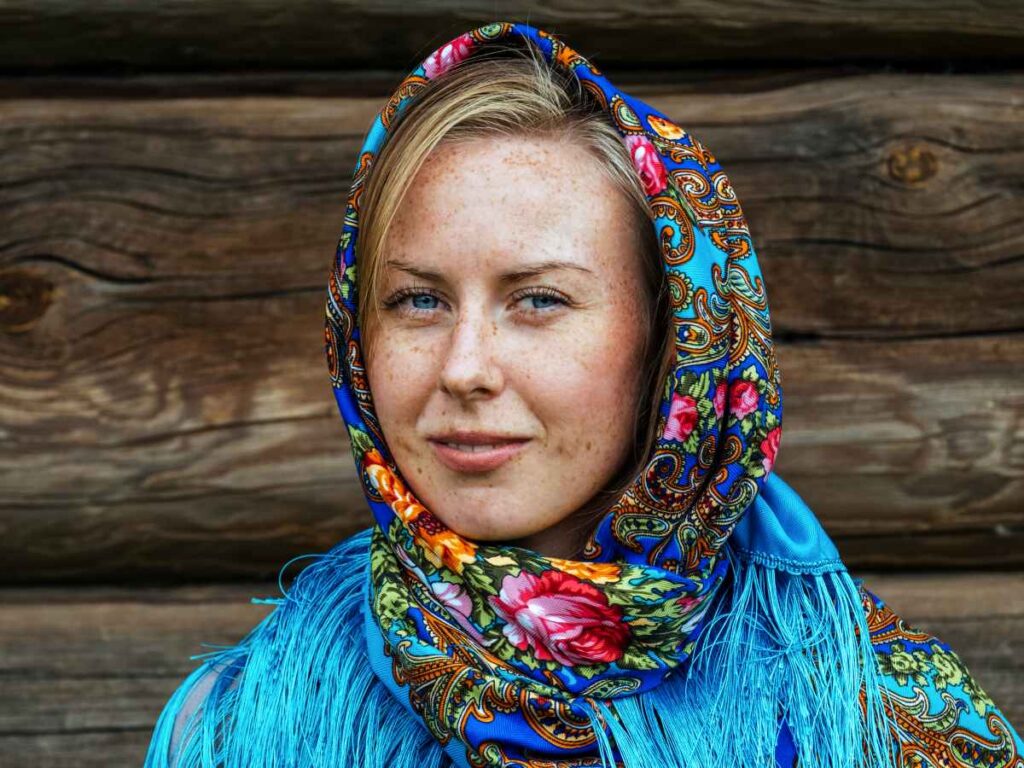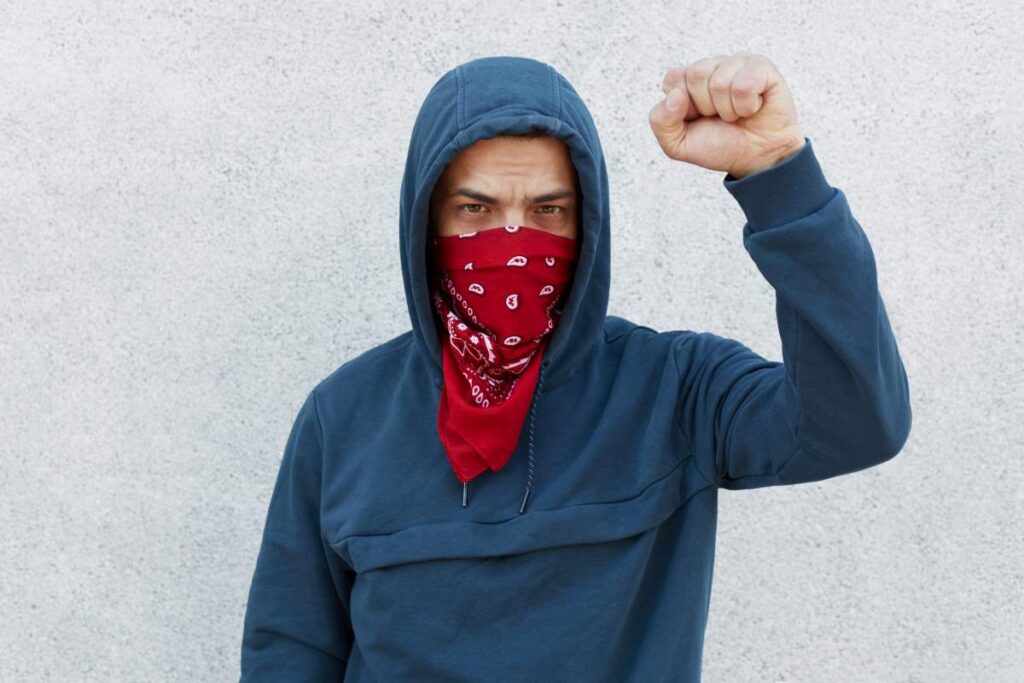In September 2024, a track by popular Indian rapper Dhanda Nyoliwala called 'Russian Bandana' was released. The song immediately won the love of fans of this singer's creativity, not only in India, but also beyond its borders. The Youtube clip has garnered 155 million views in 5 months and the track can be found on top streaming platforms such as Spotify, Apple Music, Shazam and others.
Let's tell a little about the history of such a native Russian headdress as "kosynka", which is called the Russian bandana in the world.
Where the Russian kerchief or kerchief came from

The tradition of hiding hair under some kind of cloth exists in many nations of the world. Slavic women have been doing it since pre-Christian times, although it is not known who they learned it from. With the advent of Orthodoxy in Russia, this has also acquired a religious meaning. After all, on ancient icons the Virgin Mary is depicted with her head covered.
The most famous variant of the shawl worn by Russian women is with a bandage at the chin. It is what the world associates with Russian 'babushkas', a word that has been borrowed into English as 'baboushka'. Although Russians only call an elderly woman or relative - father's or mother's mother - by this word.
By the way, I wonder where the word "kerchief" comes from. It means a triangle cut diagonally from a handkerchief. And literally means "oblique handkerchief".
These kerchiefs were worn both in the 18th and 19th centuries by peasant women in the villages and in the 20th century. Workers in collective farms (collective farms in the USSR) and in factories also tucked their hair under the headscarf. At that time it had no religious connotation, only practical sense - so hair did not interfere with work.
How men gave new meaning to the Russian bandana - kerchief


Although kerchiefs were worn by women, men also used them. They tied the ends at the back of their heads to protect themselves from dust and sweat. And during the war in Afghanistan, the military used green headscarves as a face bandage. Especially snipers used it to stay unrecognized.
This option of wearing a bandana around the face has become a common practice. For example, it is often worn by demonstrators participating in protests. This is how the item of women's closet moved to men's closet.
The meaning of the song Russian Bandana - Dhanda Nyoliwala
But back to the track. Rapper Dhanda Nyoliwala was born in India, but moved to Australia a few years ago to continue his university studies. There he has built a successful career as a performer and regularly performs concerts in Australia, Canada and India.
In the song Russian Bandana the hero shows that he lives by his own rules and is ready to fight against the existing state of affairs. And the Russian bandana on his face is a symbol of struggle and defiance.
Check out the music video for the song below:
We hope you found it interesting to read our material. Our blog has an interesting piece on another popular song - Sigma Boy. You can read about the secret of its success in article here.
The online Russian language classes at our school are designed for children from 4 to 14 years old and take place in a fun and playful way. We immerse children in the Russian language through culture, traditions and literature. Lessons are free to try. To sign up for an introductory lesson, leave an application in the form below.







